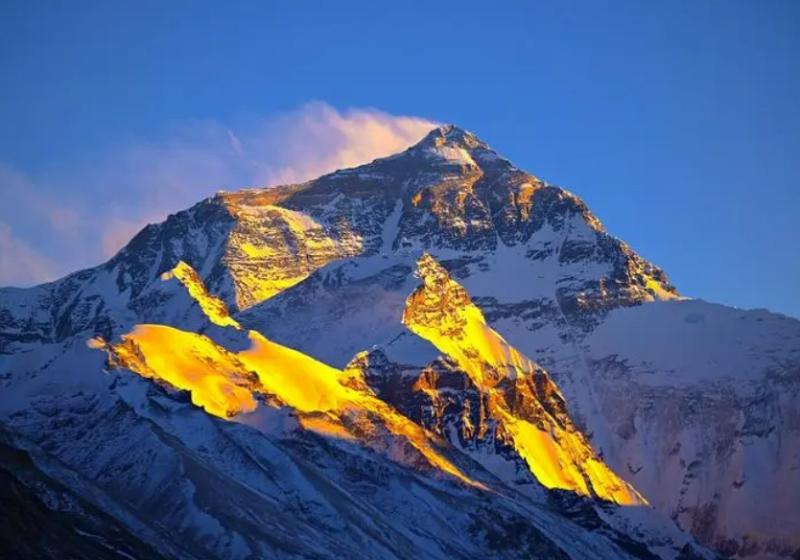Mount Everest

Mount Everest: The Roof of the World
The Himalayas, a colossal dragon sprawling across the heart of Asia, is not only the roof of the world but also a sacred land that has nurtured countless legends. In this majestic mountain range, Mount Everest stands tall, the highest peak on Earth. It attracts countless adventurers, mountaineers, and nature enthusiasts seeking to conquer its summit and witness its magnificence.
I. Geographical Features of Mount Everest
Location and Elevation
- Mount Everest is located on the border of China and Nepal, in the middle section of the Himalayas. Its summit lies within Dingri County, Tibet Autonomous Region of China.
- It reaches an elevation of 8,848.86 meters, making it the highest peak in the world.
Topography
- Mount Everest has a massive pyramid-shaped structure. Its summit is perpetually covered in snow, forming immense glaciers.
- Surrounding the mountain are towering peaks such as Lhotse and Makalu, forming a spectacular group of snowy mountains.
Climate and Environment
- Mount Everest is known for its extremely cold climate, with year-round snowfall, freezing temperatures, and powerful winds.
- The air is thin and dry, with limited oxygen, making the extreme environment a significant challenge for human survival.
II. Mountaineering History of Mount Everest
Early Explorations
- Western explorers began to focus on Mount Everest in the late 19th century.
- In 1921, a British mountaineering team made the first attempt to climb Mount Everest but failed.
- In 1922, another British expedition attempted the ascent, but a deadly avalanche claimed the lives of seven team members.
First Ascent
- On May 29, 1953, New Zealand mountaineer Edmund Hillary and Tenzing Norgay, a Sherpa from Nepal, successfully reached the summit of Mount Everest from the south side, becoming the first people in the world to conquer the peak.
The Climbing Boom
- Since 1953, countless climbers have challenged Mount Everest, leading to many tragic stories.
- Mount Everest has become one of the most sought-after climbing destinations in the world, with numerous climbers attempting to reach its summit every year.
III. Culture and Significance of Mount Everest
Religious Beliefs
- In Tibetan Buddhism, Mount Everest is revered as a sacred mountain, the abode of deities.
- In Nepal, Mount Everest is considered the embodiment of the goddess Saraswati, a symbol of faith.
Ecological Value
- Mount Everest and its surrounding areas boast a rich biodiversity, providing habitat for numerous rare plants and animals.
- Additionally, Mount Everest is a sensitive indicator of global climate change, with its glaciers melting at an accelerating rate, causing significant environmental impact.
Tourism Value
- As a World Heritage Site, Mount Everest attracts visitors from around the world, contributing to the local economy.
- However, it also faces pressure for environmental protection, requiring stricter management of tourist activities to preserve the natural environment.
IV. The Future of Mount Everest
Environmental Protection
- With increasing mountaineering activity, environmental issues on Mount Everest are becoming more prominent.
- It is necessary to strengthen the management of climbers, reduce waste pollution, and protect the ecological environment.
Scientific Research Value
- As the highest peak on Earth, Mount Everest is a valuable site for scientific research.
- Future research will focus on areas such as climate change, biodiversity, and other scientific inquiries.
Cultural Heritage
- As time progresses, the cultural value of Mount Everest will receive greater attention.
- Through various forms, the culture of Mount Everest will be passed down and promoted, making it a treasure of human civilization.
Mount Everest, the roof of the world, is not only a natural wonder but also a symbol of the human spirit. It draws people to explore, to conquer, but also reminds us that while pursuing our dreams, we must protect this beautiful planet.